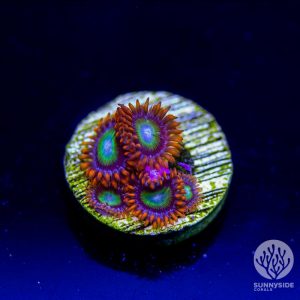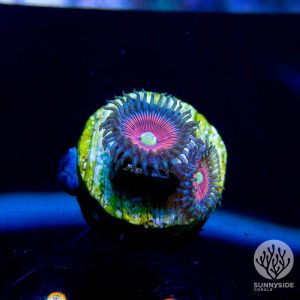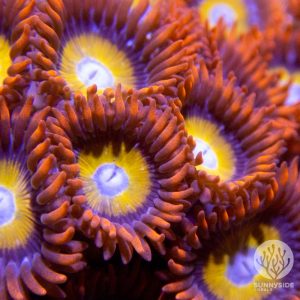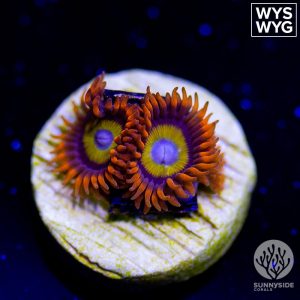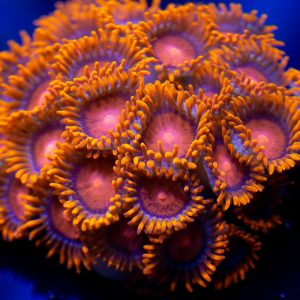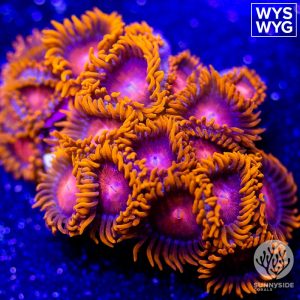Zoanthid gardens are becoming increasingly popular among aquarists as they offer a stunning display of colors and patterns in reef tanks. These gardens are created by collecting different varieties of zoanthids and placing them together in a specific arrangement to create a beautiful and vibrant display.
Creating a zoanthid garden requires careful planning and consideration of several factors, such as lighting, water flow, and placement. Zoanthids are relatively easy to care for, making them a popular choice for both novice and experienced aquarists.
In this article, we will provide a step-by-step guide on how to create the perfect zoanthid garden in your aquarium. We will discuss the supplies you need, how to care for your zoanthids, and provide tips on how to arrange them to create a stunning display. Whether you’re a seasoned aquarist or just starting, this guide will help you create a beautiful and thriving zoanthid garden in your reef tank.
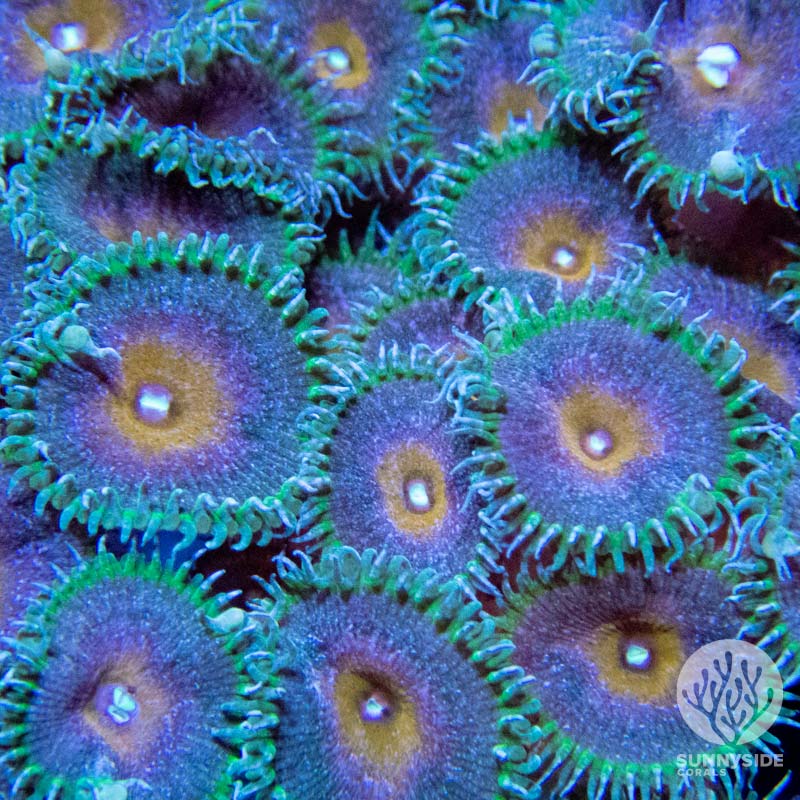
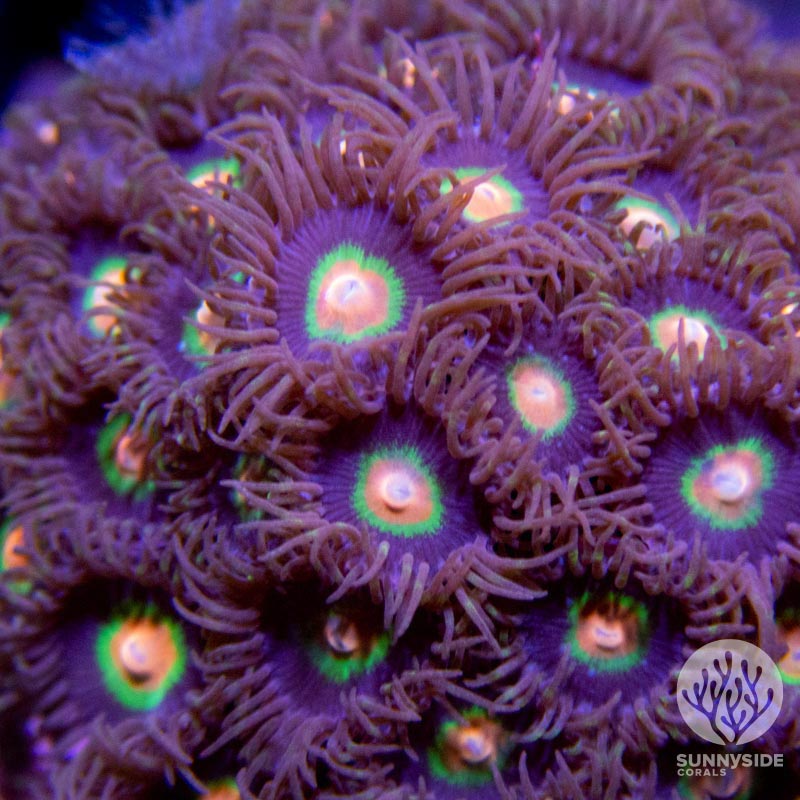
What is a Zoanthid Garden?
A Zoanthid garden is a collection of zoanthids, a type of cnidarian, in a reef tank. Zoanthids are also known as zoas or colonial anemones, and they come in a variety of colors and patterns. When different varieties of zoanthids grow together, they create a beautiful and vibrant display that is highly sought after by reef tank enthusiasts.
Zoanthids are relatively easy to care for, making them a popular choice for beginner reef tank keepers. They are fast-growing and hardy, and they can thrive in a variety of water conditions. However, it is important to monitor the water quality in your tank to ensure that your zoanthids remain healthy and vibrant.
Creating a Zoanthid garden requires careful planning and consideration. You will need to choose the right variety of zoanthids to ensure that they grow well together and create a beautiful display. You will also need to provide the right lighting, water flow, and nutrient levels to ensure that your zoanthids thrive.
Creating a Zoanthid Garden
Choose the Right Placement
Zoanthids do best if you place them in moderate lighting and moderate flow. Some zoanthids will do better with more light and flow and others will thrive with lower light and flow. You will need to test this in your own tank to find that sweet spot for each zoanthid. We always look for slightly lower flow areas first and then slowly adjust them to higher flow or light if we feel it is necessary for the zoa.
Selecting the Right Zoanthids
When selecting zoanthids for your garden, consider the size, color, and growth rate of each coral. It’s important to choose zoanthids that are compatible with each other to avoid any aggression or competition. Some zoanthids will out grow and overtake other types of zoanthids. Sometimes there is no way of knowing beforehand but just be prepared for this possibility if you are not careful. Consider starting with a few varieties and gradually adding more over time.
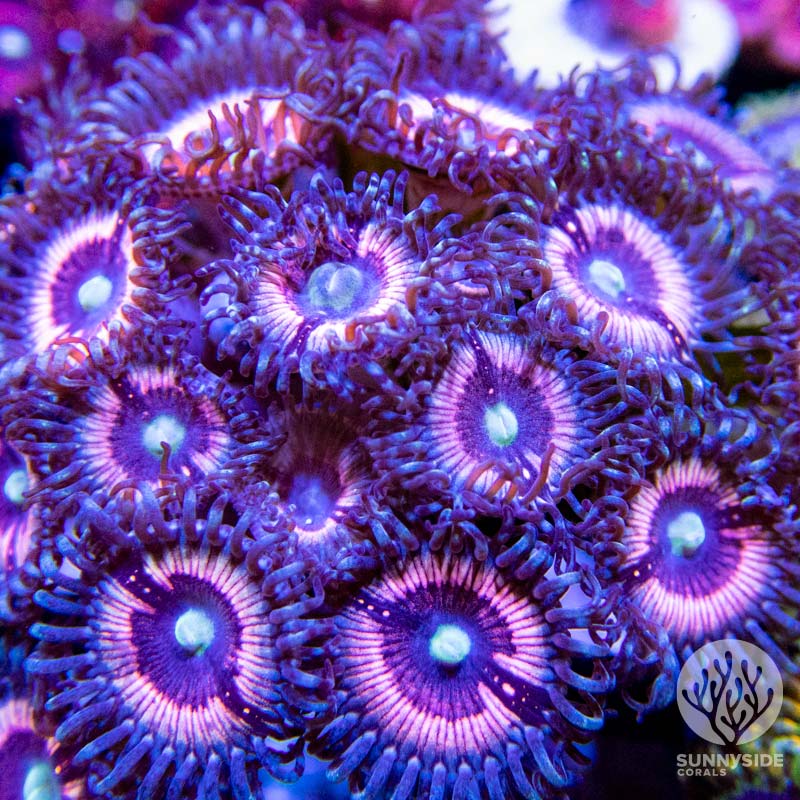
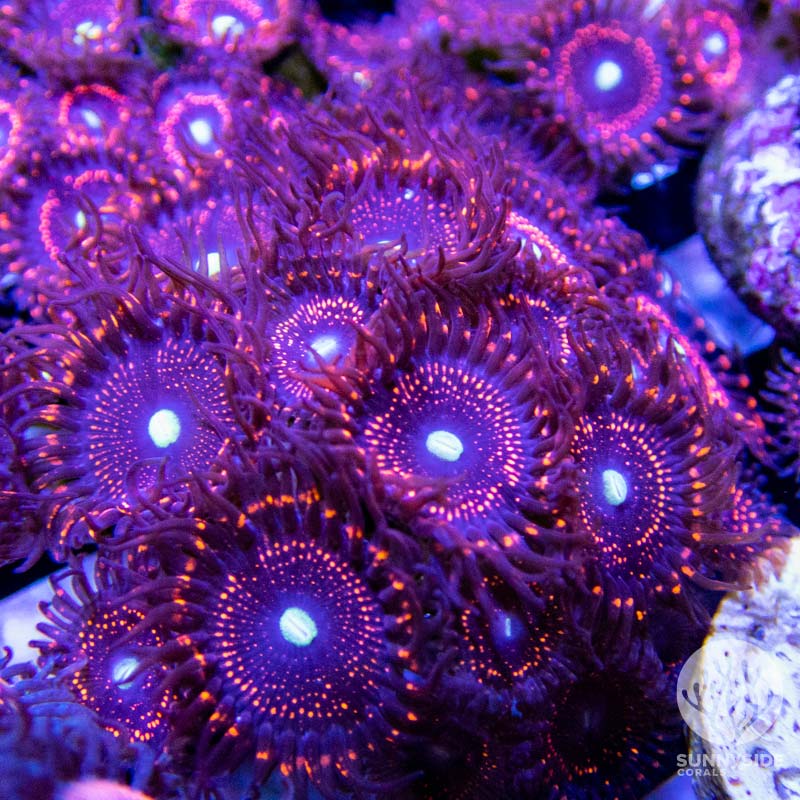
Maintaining a Zoanthid Garden
Water Quality
Proper water quality is essential for maintaining a healthy zoanthid garden. Zoanthids require stable water parameters, including temperature, pH, and salinity. Keep the water temperature around 78°F and maintain a pH level between 8.1 and 8.4. Salinity should be kept at a specific gravity of 1.025. Zoanthids are one of the corals that actually do well with slightly elevated levels of Nitrates and Phosphates. Keep in mind that too much is not good and if you have non, your zoas might struggle just as much. Regular water changes, using a high-quality salt mix, and using a protein skimmer can help maintain water quality.
Lighting
Zoanthids require moderate lighting levels. They can thrive under a variety of lighting systems, including metal halides, T5s, LEDs, and fluorescents. However, it is essential to avoid placing zoanthids under direct light, as it can cause bleaching. It is also important to maintain a regular lighting schedule to prevent stress on the zoanthids. Make sure to check out our ultimate guide to aquarium lighting for our exact light setup and schedule we use on all of our zoanthids.
Feeding
Zoanthids are photosynthetic and can obtain nutrition from light. However, they can also benefit from occasional feedings of phytoplankton or zooplankton. It is important to avoid overfeeding, as it can lead to poor water quality and harm the zoanthids. If you start to have algae blooms you are likely overfeeding your tank.
Cleaning
Regular cleaning is essential for maintaining a healthy zoanthid garden. Remove any detritus from the tank using a turkey baster or a siphon. Doing this regularly can help your zoanthids grow healthier.
Common Issues and Troubleshooting
Zoanthid gardens are generally easy to care for, but they can suffer from a variety of issues. Here are some common problems and troubleshooting tips to help keep your zoanthids healthy and thriving.
Pests and Diseases
Zoanthids can be affected by a variety of pests and diseases, including flatworms, nudibranchs, and bacterial infections. If you notice any of the following symptoms, it may indicate a pest or disease problem:
- White spots on the zoanthids
- Discoloration or darkening of the zoanthids
- Visible pests on the zoanthids
To prevent and treat pest and disease issues, it is important to maintain good water quality and to dip new corals before adding them to your tank. You can also use dips, such as iodine or freshwater dips, to help remove pests and parasites from your zoanthids.
Algae Growth
Zoanthids can be susceptible to algae growth, which can prevent the polyps from opening fully. Common causes of algae growth include high nutrient levels and poor water flow. To prevent and treat algae growth, it is important to maintain good water quality and to ensure adequate water flow in your tank. You can also manually remove algae from your zoanthids using a toothbrush or razor blade. Another great way to control algae growth is by having a good clean up crew in your tank.
Zoanthid Recession
Zoanthid recession, or the gradual loss of polyps, can be caused by a variety of factors, including poor water quality, low nutrient levels, and stress. To prevent and treat zoanthid recession, it is important to maintain good water quality and to ensure adequate nutrient levels in your tank. You can also try feeding your zoanthids with a variety of foods, such as phytoplankton or zooplankton, to help promote growth and health. Sometimes you might have a fish that is picking at your zoanthids as well. Sometimes it is necessary to watch your tank to make sure nobody in your tank has a new favorite snack.
Conclusion
Zoanthid gardens are a great addition to any reef aquarium. They are easy to care for and can add a lot of color and visual interest to your tank. With a little bit of research and planning, you can create a beautiful and thriving zoa garden in your own home.
Once you have selected your zoanthids and placed them in your tank, it’s important to monitor them closely for signs of stress or disease. Regular water changes and proper maintenance of your tank’s equipment will help keep your zoa garden healthy and thriving.
Overall, creating a zoanthid garden is a fun and rewarding project for any reef aquarium enthusiast. With a little bit of care and attention, you can enjoy the beauty and diversity of these amazing corals in your own home.
Our Favorite Zoas
FAQ Section
Where should zoas be placed?
Zoanthids should be placed in an area of low-medium to medium-high flow. Too much flow may make it hard for the polyps to open. You will know your zoanthids are “happy” if they open and are fully extended without seeming to stretch too far upright.
How do you keep a ZOA garden?
Keeping a zoanthid garden requires proper lighting, water quality, and nutrient levels. Zoanthids require low to moderate lighting and should be placed in an area with stable water flow. The water should be kept clean and free of debris, and nutrient levels should be monitored and maintained at appropriate levels.
It is important to watch your zoanthid growth as some zoas will overtake nearby zoanthids and crowed them out. If you want to avoid this you can razorblade way intrusive polyps or just keep each type of zoa separated far enough from one another.
Will zoas grow on sand?
Zoanthids can grow on sand, but they prefer to attach themselves to rocks, shells, or other hard surfaces. If you choose to place them on sand, be sure to provide them with a stable base to attach to, such as a small rock or piece of rubble.
